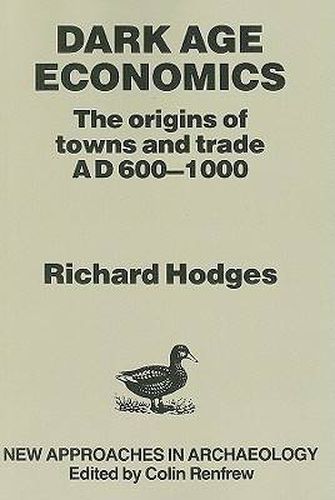Readings Newsletter
Become a Readings Member to make your shopping experience even easier.
Sign in or sign up for free!
You’re not far away from qualifying for FREE standard shipping within Australia
You’ve qualified for FREE standard shipping within Australia
The cart is loading…






It was in the second half of the first millennium A.D. that northern Europe took on the basic configuration that it now presents. Recently a wealth of new archaeological evidence has emerged to enable historians to assess the growth of international trade and the evolution of towns in this crucial period. This book analyses models of economic evelopment in the light of this new evidence to evaluate not only the changing character of the first post-Roman urban centers but also the organization of the countryside which supported them. Boat remains, coins and trade artifacts are all examined. Finally, a general account is offered of the role of towns and trade in the creation of Western Europe. This is the first synthesis of its kind for the medieval period, and confirms the importance of archaeology as a major source of evidence for an understanding of the economic history of the Dark Ages.
$9.00 standard shipping within Australia
FREE standard shipping within Australia for orders over $100.00
Express & International shipping calculated at checkout
It was in the second half of the first millennium A.D. that northern Europe took on the basic configuration that it now presents. Recently a wealth of new archaeological evidence has emerged to enable historians to assess the growth of international trade and the evolution of towns in this crucial period. This book analyses models of economic evelopment in the light of this new evidence to evaluate not only the changing character of the first post-Roman urban centers but also the organization of the countryside which supported them. Boat remains, coins and trade artifacts are all examined. Finally, a general account is offered of the role of towns and trade in the creation of Western Europe. This is the first synthesis of its kind for the medieval period, and confirms the importance of archaeology as a major source of evidence for an understanding of the economic history of the Dark Ages.